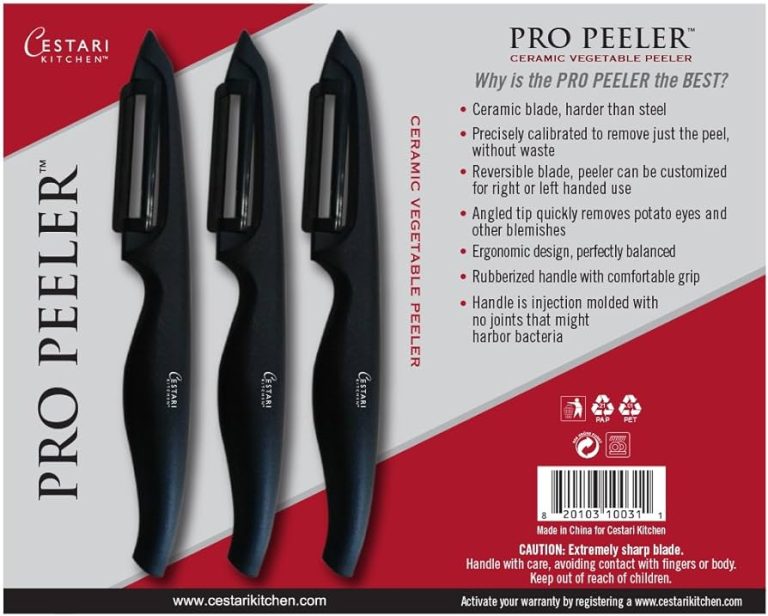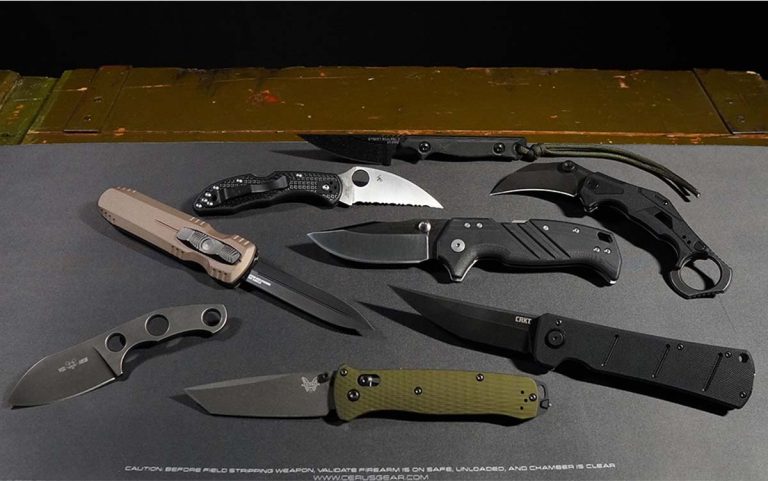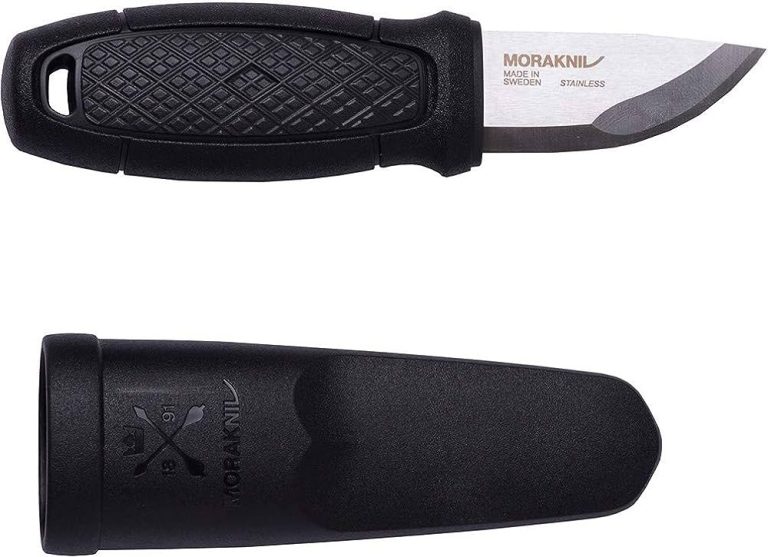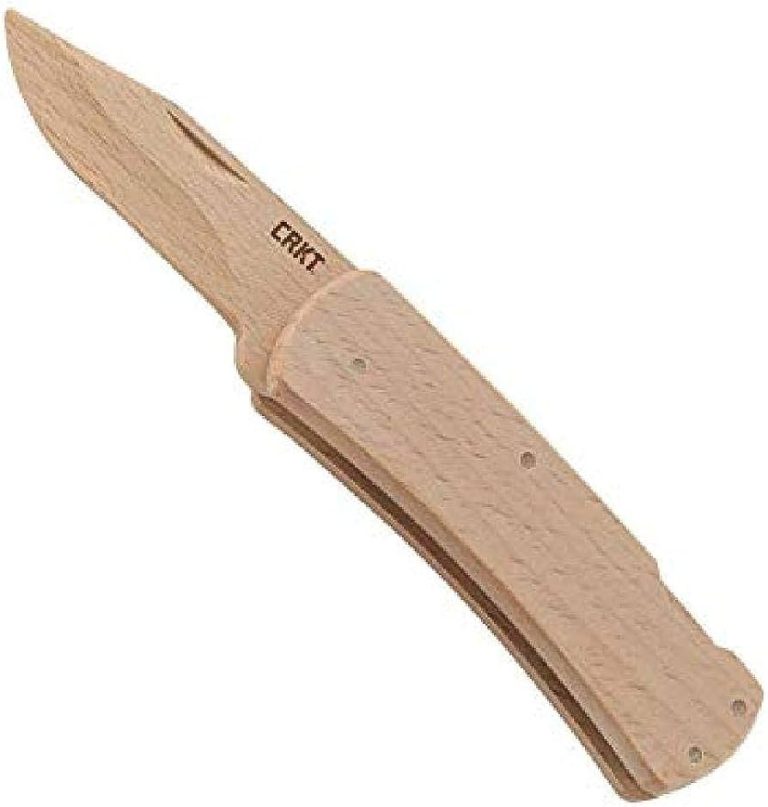Japanese Vs. Western Kitchen Knives: A Culinary Clash
Japanese and Western kitchen knives offer distinct culinary experiences due to their design and functionality. This article explores the clash between these two knife styles, discussing their differences in materials, shapes, and uses.
Whether you’re a professional chef or a home cook, understanding the unique characteristics of each knife type can enhance your culinary skills and improve the efficiency of your kitchen tasks. So, let’s dive into the fascinating world of Japanese and Western kitchen knives and discover which style suits your needs and preferences.
The History Of Japanese And Western Kitchen Knives
Japanese and Western kitchen knives have a rich history and have evolved differently over time. Japanese kitchen knives have a long-standing tradition rooted in ancient samurai sword-making techniques. These knives are known for their razor-sharp blades, impeccable craftsmanship, and delicate balance. In contrast, Western kitchen knives have a more recent development, influenced by European and American culinary traditions. These knives are typically heavier, with thicker blades and a robust construction.
The evolution of Japanese kitchen knives can be traced back to the Kamakura period (1185-1333), where techniques for forging and tempering blades were refined. Over the centuries, different regions developed their unique blade styles, such as the Yanagiba, Deba, and Santoku knives.
On the other hand, Western kitchen knives have seen significant developments in the last two centuries. The industrial revolution brought advancements in steel manufacturing, allowing for the mass-production of knives. This led to the standardization of knife shapes such as the chef’s knife, paring knife, and bread knife.
Overall, the history and evolution of Japanese and Western kitchen knives offer a fascinating glimpse into their distinct characteristics and cultural influences in the culinary world.
Characteristics Of Japanese Kitchen Knives
| Characteristics of Japanese Kitchen Knives |
| Sharpness and precision |
Japanese kitchen knives are renowned for their exceptional sharpness and precision. These blades are crafted with great attention to detail, resulting in an incredibly fine edge that allows for precise cuts. The sharpness of a Japanese knife is achieved through meticulous hand sharpening, using traditional techniques passed down through generations.
The unique blade designs and shapes of Japanese kitchen knives also contribute to their superior performance. Each knife is purposefully designed and optimized for specific tasks, such as slicing, dicing, or chopping. Whether it’s the elegant and agile Santoku or the specialized Yanagiba, Japanese knives offer a wide range of options to suit different culinary needs.
Furthermore, Japanese kitchen knives are often made using traditional forging techniques. These methods involve heating and shaping the steel manually, resulting in blades that are not only strong and resilient but also have a distinct aesthetic appeal. The combination of high-quality materials and traditional craftsmanship sets Japanese knives apart from their Western counterparts.
Characteristics Of Western Kitchen Knives
Japanese and Western kitchen knives each have their own unique characteristics that make them suitable for different culinary tasks. When it comes to Western kitchen knives, two key characteristics are their versatility and durability.
Western kitchen knives are designed to be versatile, handling a wide range of cutting tasks in the kitchen. Their blades are typically larger and sturdier compared to Japanese knives, allowing for easy handling of tough ingredients like meat and root vegetables. Furthermore, their standardized blade designs and shapes make them ideal for consistent and precise cuts.
Modern manufacturing techniques also contribute to the durability of Western knives. The blades are often made from high-quality stainless steel, providing resistance to corrosion and ensuring longevity. Additionally, Western knives often feature full tang construction, where the blade extends all the way to the handle, providing strength and stability.
Overall, the versatility and durability of Western kitchen knives make them an excellent choice for a variety of cooking tasks.
Comparing Blade Materials And Construction
<h2>Comparing Blade Materials and Construction</h2>
The choice between Japanese and Western kitchen knives often boils down to the type of blade materials and construction used. Traditional Japanese knives are crafted using a variety of steel types, each with its own unique characteristics. These include high-carbon stainless steel used predominantly in Western knives. The blade hardness of a knife also plays a crucial role in its overall performance. Japanese knives are known for their exceptional hardness, which allows for razor-sharp edges and long-lasting sharpness. On the other hand, Western knives often prioritize durability and ease of maintenance over extreme hardness. By understanding the distinct properties of various steel types and considering the desired qualities, chefs can make an informed decision when choosing between Japanes and Western kitchen knives.
The Importance Of Blade Geometry
table { font-family: arial, sans-serif; border-collapse: collapse; width: 100%; }td, th { border: 1px solid #dddddd; text-align: left; padding: 8px; }Blade geometry is a crucial aspect to consider when choosing between Japanese and Western kitchen knives. It greatly impacts the performance and functionality of the knife. Let’s explore a few key factors:
Single bevel vs. double bevel edges
One significant distinction is the type of edge geometry. Japanese knives often have a single bevel edge, while Western knives generally possess a double bevel edge. The single bevel allows for precise control and cleaner cuts, making it ideal for intricate tasks like sushi preparation. On the other hand, double bevel edges offer versatility for various cutting techniques.
Fine vs. coarse edge angles
Another vital aspect is the edge angle. Japanese knives usually have finer edge angles, which enhance their sharpness and precision. Western knives, on the contrary, tend to have slightly wider edge angles, providing better durability and resistance to chipping. The edge angle determines the knife’s slicing and chopping performance, making it an essential factor for chefs to consider based on their preferences and culinary needs.
How blade geometry affects cutting techniques
The blade geometry significantly influences the cutting techniques employed with Japanese and Western knives. Japanese knives with their fine, single bevel edges excel in delicate slicing and intricate cuts. Western knives with their double bevel edges are well-suited for various cutting styles, such as rocking and chopping. The blade geometry ultimately shapes the way chefs interact with their knives and affects the efficiency and precision of their culinary endeavors.
The Role Of Knife Handles
Traditional Japanese knife handles are crafted with meticulous attention to detail, using a variety of premium materials such as magnolia wood, ebony, and buffalo horn. These handles are designed to provide a comfortable grip, ensuring precise and controlled movements while cutting. They often feature a wooden collar, known as a “ferrule,” which adds strength and stability to the handle.
In contrast, Western knives prioritize ergonomic handles that aim to reduce fatigue during prolonged use. These handles are typically made of synthetic materials like rubber or plastic, providing a secure and slip-resistant grip. The ergonomic design allows for a natural position of the hand, minimizing strain on the wrist and enhancing cutting efficiency.
When choosing between Japanese and Western knives, one must consider the balance between comfort and control. While Japanese knives offer traditional craftsmanship and exquisite handle materials, Western knives focus on ergonomic design for enhanced user experience. The choice ultimately depends on personal preferences and the specific needs of the user.
Aesthetics And Cultural Influences
The clash between Japanese and Western kitchen knives goes beyond functionality and cutting techniques. It extends to the realm of aesthetics, reflecting the cultural influences that shape each style. Japanese knife craftsmanship embodies an ornate beauty that is deeply rooted in their traditions. These knives are often handcrafted with intricate detailing and patterns, resulting in visually stunning pieces. In contrast, Western knife design emphasizes simplicity and functionality, focusing on the practicality of the tool rather than elaborate adornments. The cultural values of each region play a significant role in defining knife aesthetics. Japanese culture values craftsmanship, precision, and beauty, which is evident in their knife designs. On the other hand, Western culture values efficiency, durability, and practicality, leading to knife designs that prioritize functionality over ornamental aspects. Understanding these differences allows chefs to choose knives that align with their culinary style and preferences.
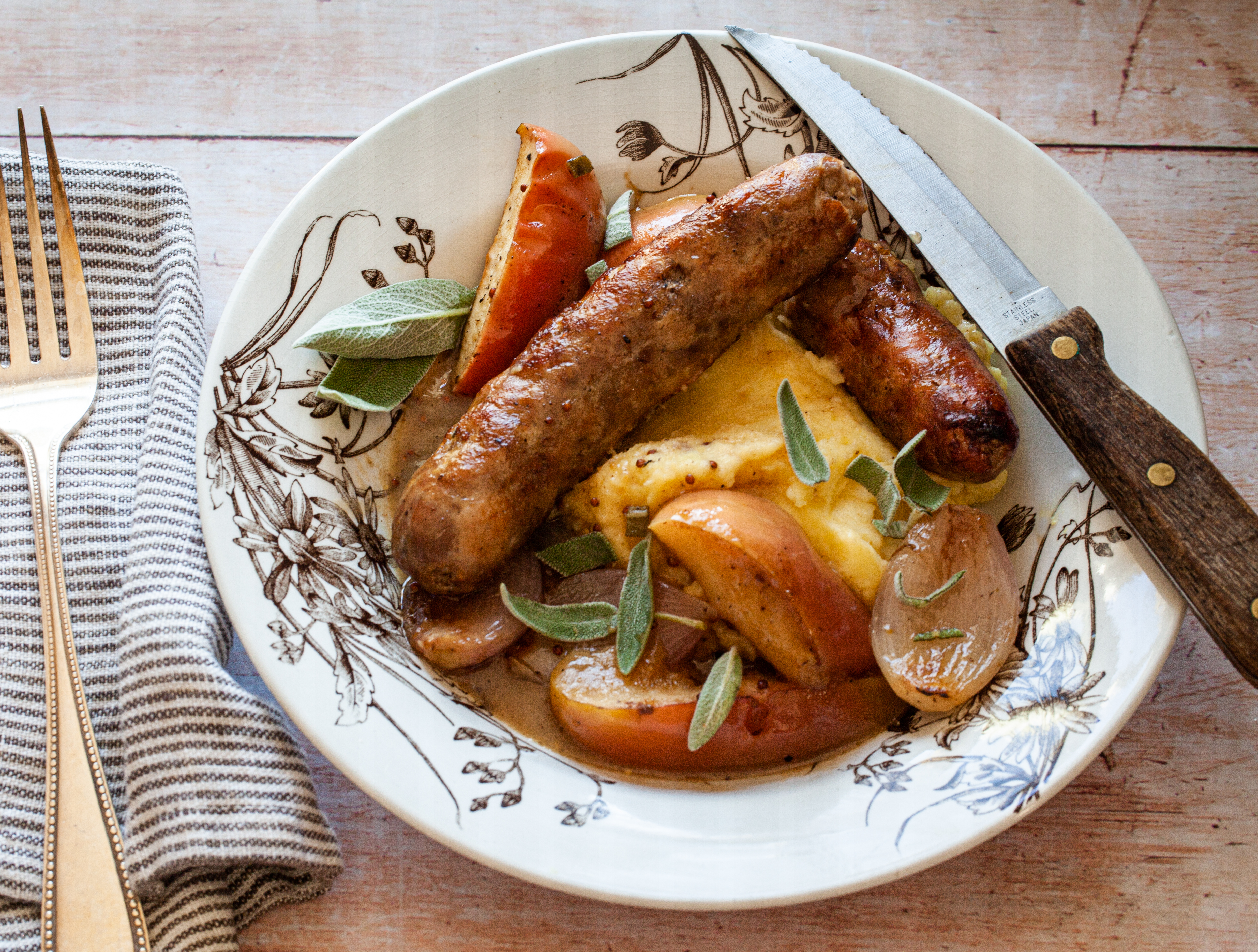
Credit: www.bostonglobe.com
Knife Skills And Cutting Techniques
Knife skills and cutting techniques play a crucial role in the world of culinary arts. Japanese knife techniques are characterized by their precision and finesse. These knives are designed to be incredibly sharp, allowing for intricate cuts and delicate slicing. Japanese chefs utilize their knives with masterful skill, creating beautiful and precise cuts in ingredients. On the other hand, Western knife techniques focus on power and stability. These knives are typically heavier and have a sturdy build, allowing for more forceful and robust cuts. Western chefs emphasize strength and control when using their knives. Adapting cutting techniques to different types of knives is essential. Chefs need to understand the unique characteristics of Japanese and Western knives to utilize each one to its full potential.
Maintenance And Care
When it comes to *maintenance and care* of kitchen knives, regular sharpening and honing are essential. **Regular sharpening** helps to keep the blade sharp and ensures precise cuts, while **honing** helps to realign the edge of the blade. Proper cleaning and storage techniques are also crucial for maintaining the longevity of your knives. Japanese and Western knives have some differences in their maintenance. Japanese knives generally require more frequent sharpening due to their harder and thinner blades, while Western knives may require less sharpening but more honing. Additionally, Japanese knives should be washed and dried immediately after use and stored in a protective sheath or knife block. On the other hand, Western knives can generally withstand dishwasher cleaning, but handwashing is always recommended. By following these maintenance practices, you can prolong the lifespan and performance of your kitchen knives.
Choosing The Right Knife For Your Needs
When choosing a knife for your culinary needs, it is essential to consider your cooking style and preferences. Japanese and Western kitchen knives offer distinct features that cater to different requirements. The balance and weight of a knife play a crucial role in its performance. A well-balanced knife provides better control and accuracy during cutting, chopping, and slicing tasks. Investing in quality knives is a wise decision for long-term use. Quality knives not only offer durability but also ensure a smooth and precise cutting experience. With a broad range of options available, it’s important to select a knife that suits your individual needs and preferences. So whether you prefer the precision and elegance of Japanese knives or the versatility and robustness of Western knives, make a choice that complements your cooking style and brings out your culinary skills to the fullest.
Conclusion
To wrap up, the clash between Japanese and Western kitchen knives is a testament to the rich diversity of culinary traditions across the globe. Each type of knife brings its own unique characteristics to the table, catering to different needs and preferences.
While Japanese knives excel in their precision and delicate craftsmanship, Western knives offer robustness and versatility. Ultimately, the choice between the two boils down to individual cooking styles and preferences. Whether you favor the graceful finesse of a Japanese knife or the sturdy reliability of a Western knife, both can enhance your culinary experience in their own ways.
By understanding the key differences and considering your own needs in the kitchen, you can choose the knife that best suits your cooking style. Embrace the cultural clash and embrace the exceptional cutting power of a knife that speaks to your culinary aspirations.
Happy cooking!

